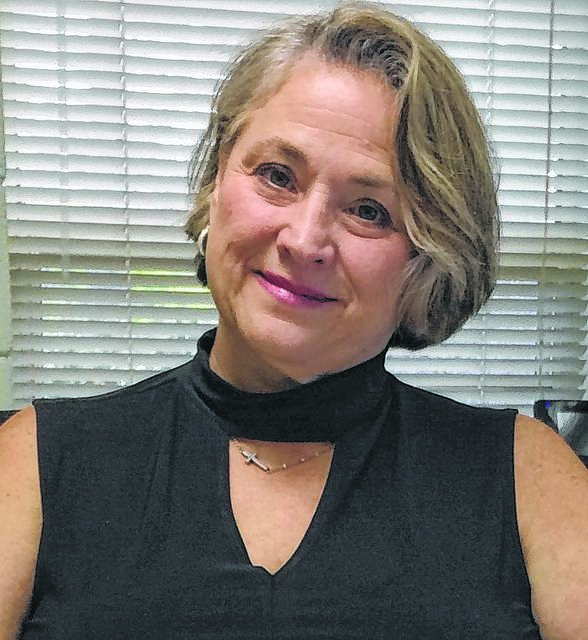Precious gemstones are used by Teepa Snow to help us to understand the stages of dementia. Rather than using a number these stones are used to describe the stages. What a positive way to compare the nature of the stone with the person living with dementia. In my training manual Teepa Snow indicates that “just as gemstones need different settings and care to show their best characteristics, so do people. Rather than focusing on a person’s loss when there is brain change, seeing individuals as precious, unique, and capable encourages a care partnership and is the core of this model.” Teepa’s Gems can be found at www.teepasnow.com. What a great resource for you. Last week we covered the “Sapphire, Diamond and Emerald. This week we will look at the “Amber, Ruby and Pearl”. Remember each listing is written as the person living with dementia would be saying.
“Like a particle trapped in an amber, I am caught in a moment of time. It may surprise you to see how I take in the world around me. I may not know you or see you as a whole person. I react to you based on how you look, sound, move, smell, and respond to me. I like to do simple tasks over and over and my need to repeatedly move and touch, smell, taste, take or tear items apart. While it may exhaust or frustrate you, it soothes me. I don’t recognize danger; you will have to safeguard my environment. I’m intolerant to discomfort because my mouth, hands, feet, and genitalia are highly sensitive due to changes in my nervous system. Therefore, activities like eating, taking medication, mouth care, bathing, dressing, and toileting may distress me. Please notice my reaction and stop if I am resisting. I can’t help myself and one or both of us may get hurt emotionally and/or physically. If this happens, wait a few minutes, connect with me, and try a different approach; possibly substituting one area of focus for another.”
“As the deep red of a ruby masks detail, my obvious losses make my remaining abilities harder to notice. Although my fine motor skills have become very limited, remember I am able to move and do simple things with my hands. You will need to anticipate, identify, and respond to all of my needs, even though I may be aware of them. Plan to create a supportive environment, help with the details of care, and structure my day. Just as a crossing guard directs traffic, you will need to guide my movement and transitions. I can rarely stop or start on my own and switching gears is a challenge. Move with me first, then use your body to show me what you want me to do next, going one step at a time. Hand-under-HandTM assistance helps me to feel safe and secure and to know what to do. Danger is part of my life due to losses in visual skills, chewing abilities, balance, and coordination. You can reduce the risks to me, but not eliminate them. I can still have moments of joy when you are able to provide what gives me pleasure.”
“While hidden like a pearl in any oyster shell, I will still have moments when I become alert and responsive. I am near the end of my life. Moments of connection create a sense of wholeness and value between us. Use our time together not just to provide care, but to comfort and connect with me. To help me complete life well, it’s important to honor my personhood when making medical or care decisions; please don’t talk about me as though I am not still here. I respond best to familiar voices and gentle rhythmic movements. I am ruled by reflexes and will startle easily. My brain is losing its ability to control and heal my body. Be prepared to see me having difficulty breathing or swallowing. My body may no longer desire food and drink as I prepare to leave this life. I may not be able to stop living without permission from you. Your greatest gift at this time in my life is to let me know that it is ok to go.”
What a wonderful way to know what mile marker your loved one is on while traveling the road of dementia. Teepa Snow developed this model to help us give the best care to those living with dementia. This model of gems was taken directly from my PAC certification manual. Teepa Snow is very clever when explaining the different facets of dementia. I was in Pittsboro this past week to present to a group of caregivers at the Eastern Chatham Senior Center. I had the opportunity while there to meet a local author, her name is Jessica Bryan. She has written several books of which one “There’s a Stranger in my room: A Caregiver’s Manual” would be great to add to your caregiver library. She also has a blog you may want to check out @ amazon.com/author/bryanjessica or fromjessicatoyou.blogspot.com.
Please keep your precious gems well taken care of keep them polished so you can bring out the best in them. Keep in touch, I do not want you to miss anything. Hope you have a “Best Day Ever!”

